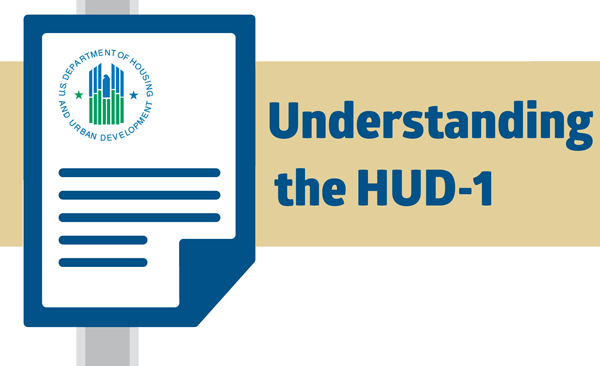When interested homebuyers apply for a mortgage, they'll be issued a Good Faith Estimate per the Real Estate Settlement Procedures Act (RESPA). This estimate must be issued within three business days after the lender receives your application and outlines a list of costs and fees associated with "closing" on a home. Once the GFE is issued, it's good for 10 business days and the lender is required to honor GFE figures to their corresponding tolerance level with the exception of certain "changed circumstances" or the failure to secure the interest rate within the allotted time frame. 
A GFE is a government-standardized form and can help you compare quotes from a number of different lenders. The quote outlines loan charges, third-party fees and other settlement costs. It also includes a section for you to include figures from other GFEs for your own comparison. GFEs were not always standardized, which often made it difficult for homebuyers to compare and contrast lender and settlement fees.
You should be aware that if your loan application is denied before the three business days after your application is sent in, the lender is not required to issue you a GFE.
Tolerance levels
Figures on a GFE are divided into three different categories and each is held to a different tolerance level. A tolerance level allows the homebuyer to see which figures on the GFE can increase at closing. However, buyers should know there are fees that can't increase, or have a zero percent tolerance level including a lender's origination charge, fees for credits or points, or any other fees from your lender. Transfer taxes charged by governmental entities also have a zero percent tolerance level.
While there are some charges that don't have a tolerance level, there are some GFE fees that are aggregated together and can't exceed the aggregate quoted by more than 10 percent at the time of closing. These charges include government recording charges and lender-required services such as title services and title insurance from companies. If any of the figures in the GFE increase by more than their tolerance level, the lender is required to cure the violation within 30 days. The cure for the violations include paying the borrower an amount of money equal to the amount the tolerance level exceeded.
However, you should be aware that there are some GFE fees that are not subject to any tolerance and can change when you're closing. Some of these include daily interest charges, homeowners insurance, initial escrow deposit and required services that buyers are allowed to shop for, including title services and lender's title insurance.
To help keep settlement fees transparent, corresponding GFE box numbers are also shown on line numbers of the HUD-1 Settlement Statement. The top part of page three of the HUD-1 provides a comparison of the charges for the GFE and the HUD-1 for each tolerance category.



